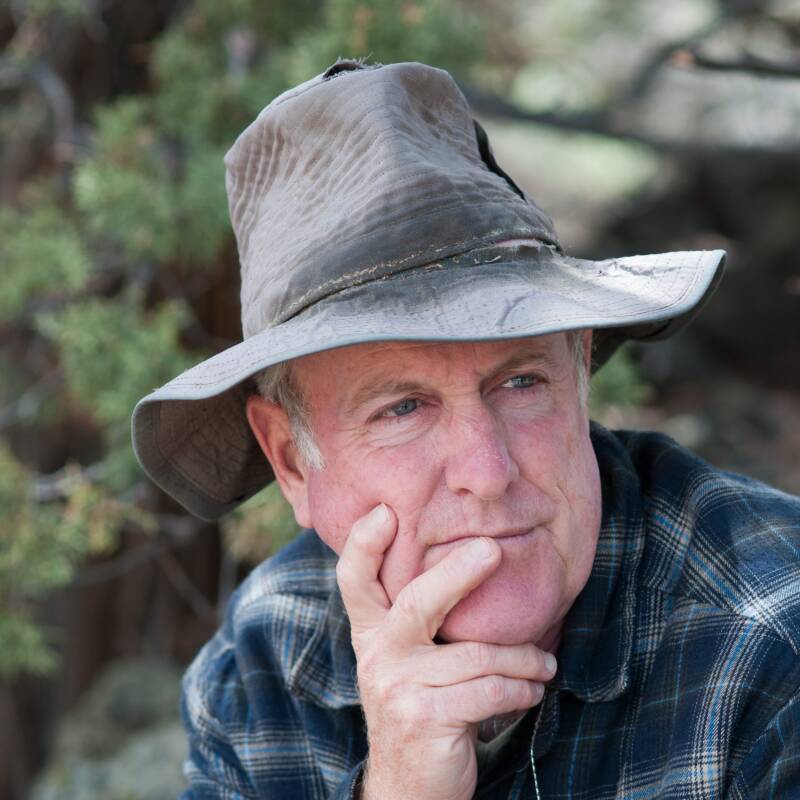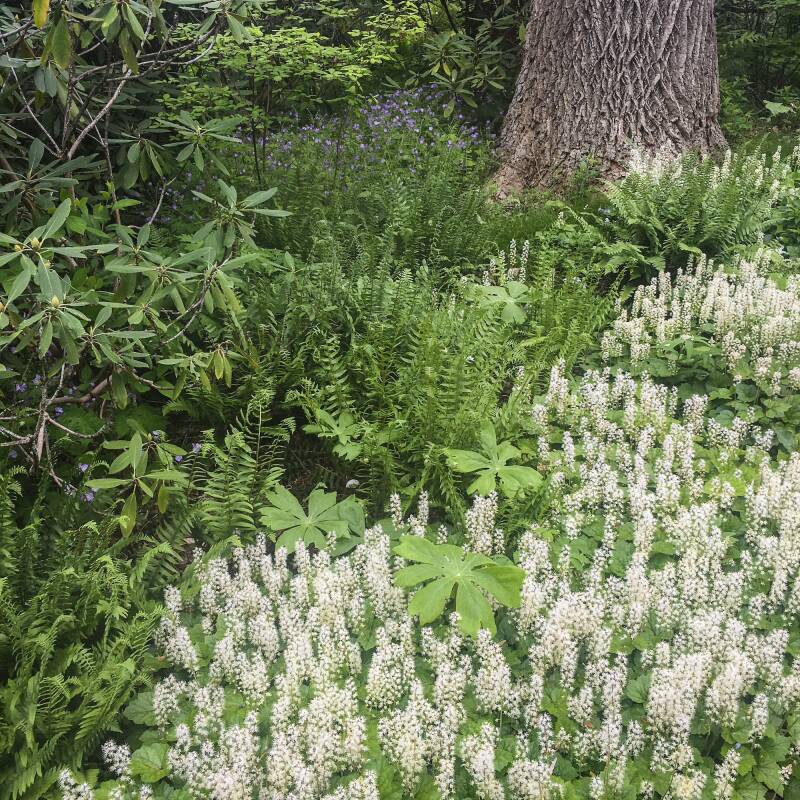As promised in the full title of this latest book from Jennifer Jewell, What We Sow: On the Personal, Ecological, and Cultural Significance of Seeds is a conversational compendium of all things seed-related. For listeners of Jewell’s authoritative podcast Cultivating Place, a lively survey of current garden thinking mixed with personal insight, the atmosphere will be comfortingly familiar. For less experienced gardeners who may be happy to trade the effort and time of sowing seeds for the extra cost of buying pre-germinated plants, you might learn that what you think is helping the ecology of your garden could be doing more harm than good. For all gardeners, the world contained within a seed is definitely worth exploring.

Part of the point of sowing seeds is independence, freedom from the lack of choice at garden centers and an opportunity to step away from corporate dominance. Seeds are best gathered from small—and ideally local—sources that sell organic or responsibly-raised, open-pollinated plants that will thrive where you live. With an exquisite perennial, bought in a pot from a bijou Brooklyn plant store, this is rare: it will have been raised to look good until it meets the alien conditions of your garden, at which point it goes into shock.

That’s not all—plants from unknown sources are more likely to have been treated with a systemic insecticide, which infects every part of the plant, killing beneficial insects as well as “pests.” In the corporate seed business, neonicotinoids are also applied to a seed’s coating, following the organism at every stage of its life and affecting the water and soil around it. The alluring label “Perfect for Pollinators” (very popular in the UK) is, in this case, death to pollinators.
What we sow and have sown traditionally is strongly connected to cultural identity, in a way that buying plants-as-decoration is not. Rowen White, Jewell’s “unofficial poet laureate of Seed” reminds us that Indigenous people (she identifies as a Mohawk woman) made an agreement with plants, one in which it was understood that honor and respect towards the earth was unquestionably the more useful approach. (In a way, the book is an offshoot of the podcast, a kind of footnote in which expert commentators are allowed their say.) “It is through these relationships with plants and seeds that I’m finding my way home to a deeper understanding of being human,” says White.

The idea of seeds as the foundation of humanity is established from the beginning of the book. Seed that is traded and shared is bound up with friendship and community, just as the bounty of home-grown fruit and vegetables becomes a less pricey and far more precious commodity than the equivalent in a grocery store.

Jewell’s book is part diary, part discussion point. In the month of October, she focuses on oak trees. “They are ‘planting’ their acorns with abandon right now. The ground is covered in the beautiful plump fruit, and the seed inside will grow powerfully both up and down,” she writes, poetically. “Those that survive the first year, and then the first ten years, will provide food and shelter for many, many other lives—both floral and faunal—for the next 100 to 200 years, if not more.”

What We Sow: On the Personal, Ecological, and Cultural Significance of Seeds by Jennifer Jewell was published yesterday by Timber Press.
See also:
- 7 Favorites: Specialty Seed Catalogs
- DIY: How to Save Seeds for Next Year
- The Garden Decoder: What Are Hybrid, Heirloom, and Open-Pollinated Seeds?












Have a Question or Comment About This Post?
Join the conversation